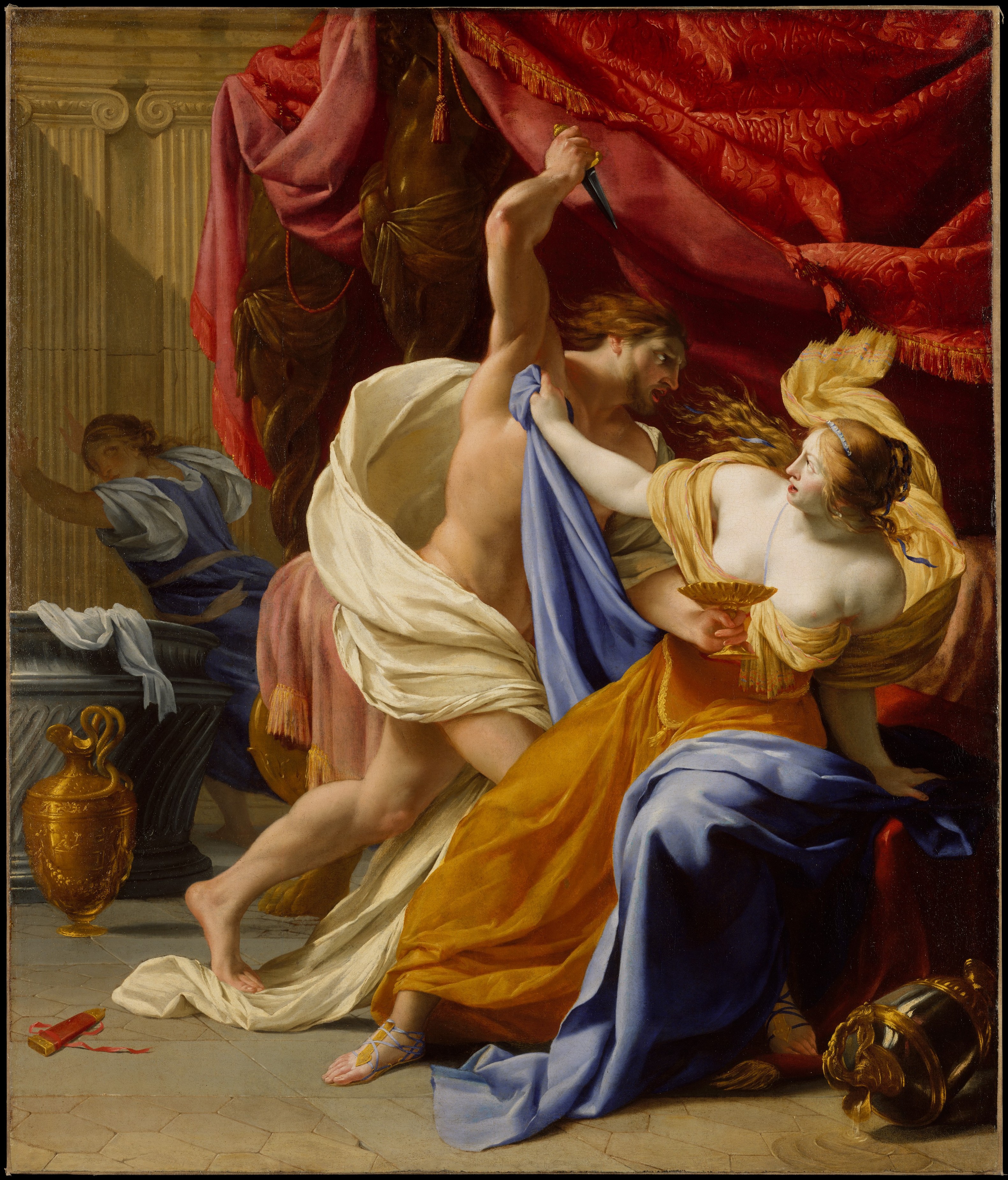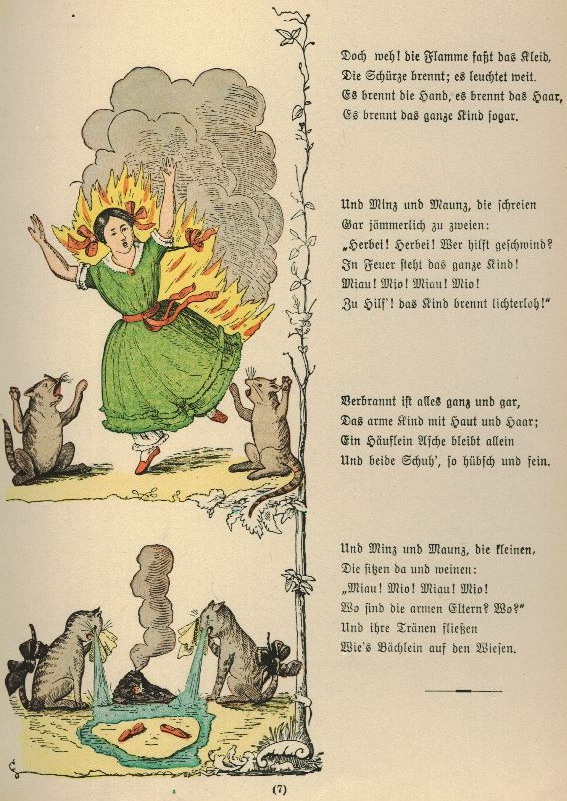|
Māui (mythology)
Māui or Maui is the great culture hero and trickster in Polynesian mythology. Very rarely was Māui actually worshipped, being less of a deity (demigod) and more of a folk hero. His origins vary from culture to culture, but many of his main exploits remain relatively similar.Craighill Handy 1927: 118 Tales of Māui's exploits and adventures are told throughout most of Polynesia; they can be traced back as far west as islands off New Guinea. Some exploits common to most Polynesian traditions are stealing fire for humans from the underworld, fishing up islands with his magical hook, and capturing the Sun to lengthen the days. There is a great deal of variation in the representations of Māui from nation to nation, from being a handsome young man, to being a wise old wandering priest. Although Māui was said to be very rascally or "kolohe", many of his deeds were to better the lives of his fellow people. Māori mythology In Māori mythology, as in other Polynesian traditions, M� ... [...More Info...] [...Related Items...] OR: [Wikipedia] [Google] [Baidu] |
Culture Hero
A culture hero is a mythological hero specific to some group (Culture, cultural, Ethnic group, ethnic, Religion, religious, etc.) who changes the world through invention or Discovery (observation), discovery. Although many culture heroes help with the creation of the world, most culture heroes are important because of their effect on the world after creation. A typical culture hero might be credited as the Theft of fire, discoverer of fire, agriculture, Folk music, songs, tradition, law, or Religious founder, religion, and is usually the most important legendary figure of a people, sometimes as the founder of its ruling dynasty. Culture heroes in mythology History of a culture hero The term "culture hero" was originated by historian Kurt Breysig, who used the German word ''heilbringer,'' which translates to ''savior''. Over the years, "culture hero" has been interpreted in many ways. Older interpretations by Breysig, Paul Ehrenreich, and Wilhelm Schmidt (linguist), Wilhelm Sch ... [...More Info...] [...Related Items...] OR: [Wikipedia] [Google] [Baidu] |
Mahuika
Mahuika is a Māori fire deity and consort of the god Auahitūroa. Myths In some versions, she is the younger sister of Hine-nui-te-pō, goddess of death. It was from her that Māui (in some versions he is her grandson) obtained the secret of making fire. She married Auahitūroa and together they had five children, named for the five fingers on the human hand, called collectively Ngā Mānawa. The symbolism of this connection between toropuku (fingers) and fire is revealed in the stories where Māui obtains fire from Mahuika by tricking her into giving him her fingernails one by one. She is also said to have played a role in the formation of Rangitoto Island, asking Rūaumoko, god of earthquakes and eruptions, to destroy a couple that had cursed her. In some parts of New Zealand, Mahuika is a male deity. This is also the case in some parts of tropical Polynesia; for instance, in the Tuamotu archipelago and the Marquesas, Mahu-ika is the fire god who lives in the u ... [...More Info...] [...Related Items...] OR: [Wikipedia] [Google] [Baidu] |
Rape
Rape is a type of sexual assault involving sexual intercourse, or other forms of sexual penetration, carried out against a person without consent. The act may be carried out by physical force, coercion, abuse of authority, or against a person who is incapable of giving valid consent, such as one who is unconscious, incapacitated, has an intellectual disability, or is below the legal age of consent ( statutory rape). The term ''rape'' is sometimes casually used interchangeably with the term ''sexual assault''. The rate of reporting, prosecuting and convicting for rape varies between jurisdictions. Internationally, the incidence of rapes recorded by the police during 2008 ranged, per 100,000 people, from 0.2 in Azerbaijan to 92.9 in Botswana with 6.3 in Lithuania as the median. [...More Info...] [...Related Items...] OR: [Wikipedia] [Google] [Baidu] |
Cautionary Tale
A cautionary tale or moral tale is a tale told in folklore to warn its listener of a Risk, danger. There are three essential parts to a cautionary tale, though they can be introduced in a large variety of ways. First, a taboo or prohibition is stated: some act, location, or thing is said to be dangerous. Then, the narrative itself is told: someone disregarded the warning and performed the forbidden act. Finally, the violator comes to an unpleasant fate, which is frequently related in expansive and grisly detail. Cautionary tales and conformity Cautionary tales are wikt:ubiquitous, ubiquitous in popular culture; many urban legends are framed as cautionary tales: from the lover's lane haunted by a hook-handed murderer to the tale of a man who shot a cactus for fun only to die when the plant toppled onto him. Like horror fiction, generally the cautionary tale exhibits an ambivalent attitude towards social taboos. The narrator of a cautionary tale is momentarily excused from the or ... [...More Info...] [...Related Items...] OR: [Wikipedia] [Google] [Baidu] |
Vagina Dentata
''Vagina dentata'' (Latin for 'toothed vagina') is a folk tale tradition in which a vagina is said to contain teeth, with the associated implication that sexual intercourse might result in injury, emasculation, or castration. The topic of ''vagina dentata'' may also cover a rare medical condition affecting the vagina, in which case it is more accurately termed a ''vaginal dermoid cyst''. In folklore ''Vagina dentata'' folktales have occurred in most cultures and throughout history. Such folk stories are frequently told as cautionary tales warning of the dangers of unknown women and to discourage rape. The psychologist Erich Neumann wrote that in one such myth, "...a fish inhabits the vagina of the Terrible Mother; the hero is the man who overcomes the Terrible Mother, breaks the teeth out of her vagina, and so makes her into a woman." South America The legend also appears in the mythology of the Chaco and Guiana tribes of South America. In some versions, the hero leaves one ... [...More Info...] [...Related Items...] OR: [Wikipedia] [Google] [Baidu] |
Obsidian
Obsidian ( ) is a naturally occurring volcanic glass formed when lava extrusive rock, extruded from a volcano cools rapidly with minimal crystal growth. It is an igneous rock. Produced from felsic lava, obsidian is rich in the lighter elements such as silicon, oxygen, aluminium, sodium, and potassium. It is commonly found within the margins of rhyolite, rhyolitic lava flows known as obsidian flows. These flows have a high content of silicon dioxide, silica, giving them a high viscosity. The high viscosity inhibits the atomic diffusion, diffusion of atoms through the lava, which inhibits the first step (nucleation) in the formation of mineral crystals. Together with rapid cooling, this results in a natural glass forming from the lava. Obsidian is hard, Brittleness, brittle, and amorphous; it therefore Fracture (mineralogy)#Conchoidal fracture, fractures with sharp edges. In the past, it was used to manufacture cutting and piercing tools, and it has been used experimentally as s ... [...More Info...] [...Related Items...] OR: [Wikipedia] [Google] [Baidu] |
New Zealand Fantail
The New Zealand fantail (''Rhipidura fuliginosa'') is a small insectivorous bird, the only species of fantail in New Zealand. It has four subspecies: ''R. f. fuliginosa'' in the South Island, ''R. f. placabilis'' in the North Island, ''R. f. penita'' in the Chatham Islands, and the now-extinct ''R. f. cervina'' formerly on Lord Howe Island. It is also known by its Māori names, , or , and the Chatham Island subspecies by the Moriori name ; THE MORIORI PEOPLE OF THE CHATHAM ISLANDS: THEIR TRADITIONS AND HISTORY by Alexander Shand. the common pied morph is also known as pied fantail (not to be confused with the [...More Info...] [...Related Items...] OR: [Wikipedia] [Google] [Baidu] |
Vagina
In mammals and other animals, the vagina (: vaginas or vaginae) is the elastic, muscular sex organ, reproductive organ of the female genital tract. In humans, it extends from the vulval vestibule to the cervix (neck of the uterus). The #Vaginal opening and hymen, vaginal introitus is normally partly covered by a thin layer of mucous membrane, mucosal tissue called the hymen. The vagina allows for Copulation (zoology), copulation and birth. It also channels Menstruation (mammal), menstrual flow, which occurs in humans and closely related primates as part of the menstrual cycle. To accommodate smoother penetration of the vagina during sexual intercourse or other sexual activity, vaginal moisture increases during sexual arousal in human females and other female mammals. This increase in moisture provides vaginal lubrication, which reduces friction. The texture of the vaginal walls creates friction for the penis during sexual intercourse and stimulates it toward ejaculation, en ... [...More Info...] [...Related Items...] OR: [Wikipedia] [Google] [Baidu] |
Immortality
Immortality is the concept of eternal life. Some species possess "biological immortality" due to an apparent lack of the Hayflick limit. From at least the time of the Ancient Mesopotamian religion, ancient Mesopotamians, there has been a conviction that gods may be physically immortal, and that this is also a state that the gods at times offer humans. In Christianity, the conviction that God may offer physical immortality with the resurrection of the flesh at the end of time has traditionally been at the center of its beliefs. What form an unending human life would take, or whether an immaterial soul exists and possesses immortality, has been a major point of focus of religion, as well as the subject of speculation and debate. In religious contexts, immortality is often stated to be one of the promises of divinities to human beings who perform virtue or follow divine law. Some scientists, futurists and philosophers have theorized about the immortality of the human body, with ... [...More Info...] [...Related Items...] OR: [Wikipedia] [Google] [Baidu] |
Hine-nui-te-pō
Hine-nui-te-pō ("the great woman of the night") in Māori legends, is a goddess of night who receives the spirits of humans when they die. She is the daughter of Tāne Mahuta / Tāne Tuturi and Hine-ahuone. It is believed among Māori that the colour red in the sky comes from her. Hine-nui-te-pō shepherds the wairua/souls into the first level of Rarohenga to ready them for the next stage of their journey. Before she was Hine-nui-te-po her name was Hine-ti-tama. Her father Tane Mahuta took her virginity; she then felt upset, hiding from her father in eternal darkness and became Hine-nui-te-po, goddess of the night. Background Hine-nui-te-pō, also known as the "Great Woman of Night", is a giant goddess of death and the underworld. Her father is Tāne, the god of forests and land mammals. Her mother Hine-ahu-one is a human, made from earth. Hine-nui-te-pō is the second child of Tāne and Hine-ahu-one. Her birth name, Tikikapakapa, was changed shortly thereafter to Hine-a ... [...More Info...] [...Related Items...] OR: [Wikipedia] [Google] [Baidu] |




